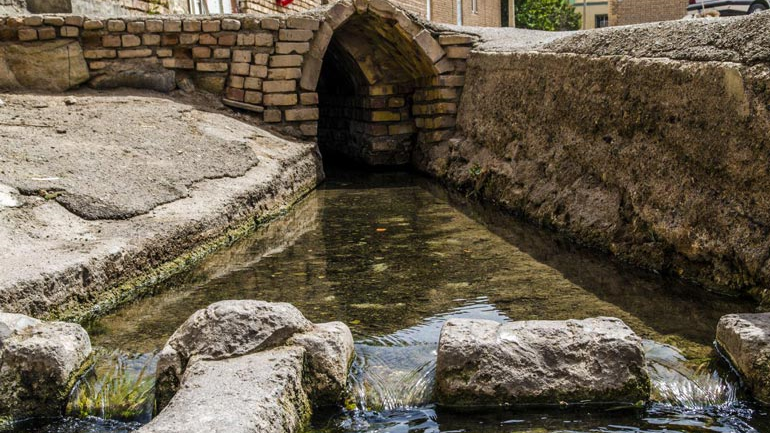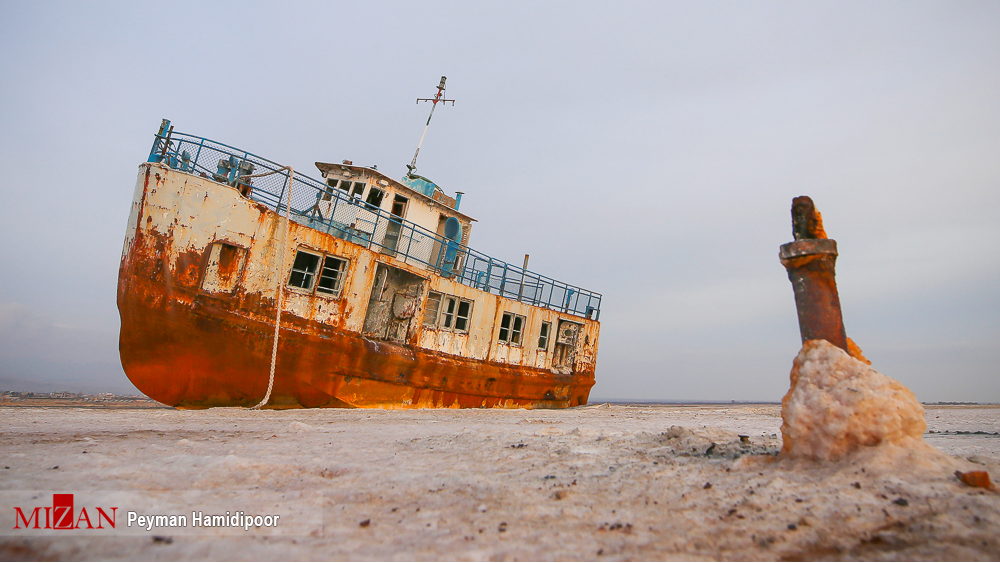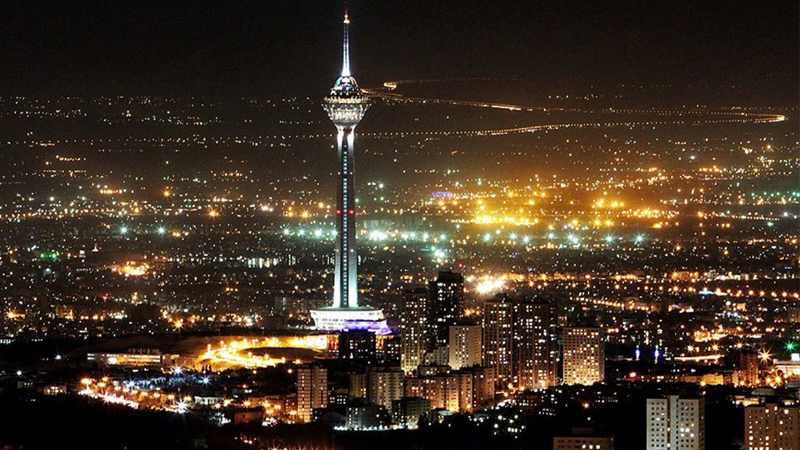
Hilehvar Historical Village
The geographical and climatic conditions of every region make its inhabitants innovate in making the houses they intend to live in and the same applies to Iran, which is a vast land full of climatic diversity. However, with its strange architectural structure, Hilehvar Village is known as one of the manifestations of mountain architecture, which has made many tourists visit this village every year.
Where Is the Hilehvar Village Located?
This historical village is located in the north of Osku County in East Azarbaijan Province of Iran. The distance between this village and Tabriz is 44 km. Situated in one of the western regions of the province, Osku County is one of the main centers of silk fabric production in Iran.
Kandovan Village, one of the tourist attraction villages of East Azarbaijan Province, is also located at a distance of two kilometers from Hilehvar Village. The geographical location of Hilehvar Village is in the northwest of the Sahand mountains in which there are 17 peaks above three thousand meters, and Sahand Peak, as its flagship peak, is a dormant volcano. Many permanent and seasonal rivers flow in the middle of the Sahand mountains. With its vast meadows, dense vegetation, and fritillaries, the beauty of the scenery of this region is indescribable.
The History of Hilehvar Village
This village is deserted today, and according to experts, its residents left it to settle in the nearby Kandovan Village. Although extensive excavations have not yet been carried out in the village, some people believe that the earliest residents of Kandovan Village were from this village. It is possible that the reason why those people chose Kandovan as the destination of their migration from the Hilehvar Village was because of its better position in the disposal of surface runoffs and its greater immunity against enemy attacks. The advanced form used in the handmade architecture of Kandovan Village is most likely due to the experience of the architects of Hilehvar Village.
There are speculations about human habitation in this village during the Medes period (678 to 549 BC), but no scientific evidence has been found yet. It is also said that the village was abandoned during the Mongol invasion of Iran (between 1219 and 1256 AD - 616 to 654 AH).
Architecture and Features of Hilehvar Village
Located in the lower part of the mountain range, a pit had been created next to this village to redirect the surface runoffs that flowed towards the village during the rainy seasons. Nevertheless, during heavy rains and flooding of streams, some of the barns of the village would get drowned in water. Even now, many parts of the houses of this village are buried under the mud carried by the floods. At times, these floods make some of the houses of the village that have been buried under the mud visible. For example, the flood that occurred in 2005 made 55 such houses visible.
The buildings of this village were designed in such a way that would provide suitable conditions for the coexistence of animals and humans. It seems a large part of the people of the village engaged in weaving carpets and different types of rugs. The position of some houses in the village vis-à-vis the sun, especially at sunrise and sunset times, has given rise to certain speculations the people of the village followed Mithraism.
It is estimated that about 200 houses had been carved in the rocks. These houses had been made in such a way as to be camouflaged from their surroundings and to be safe from bandits and enemies. According to some people, the name of this village also refers to this feature. This name is composed of two parts, “Hileh” meaning trick, and “var” meaning to use. Thus the name of the village can be interpreted as “deceptive”.
The rocky Hilehvar Village was inscribed on the list of Iran’s national heritage in the year 2005.
The position of some houses in Hilehvar Village vis-à-vis the sun, especially at sunrise and sunset times, has given rise to certain speculations the people of the village followed Mithraism.
| Name | Hilehvar Historical Village |
| Country | Iran |
| State | East Azerbaijan |
| City | Osku |
| Type | Historical |
| Registration | National |
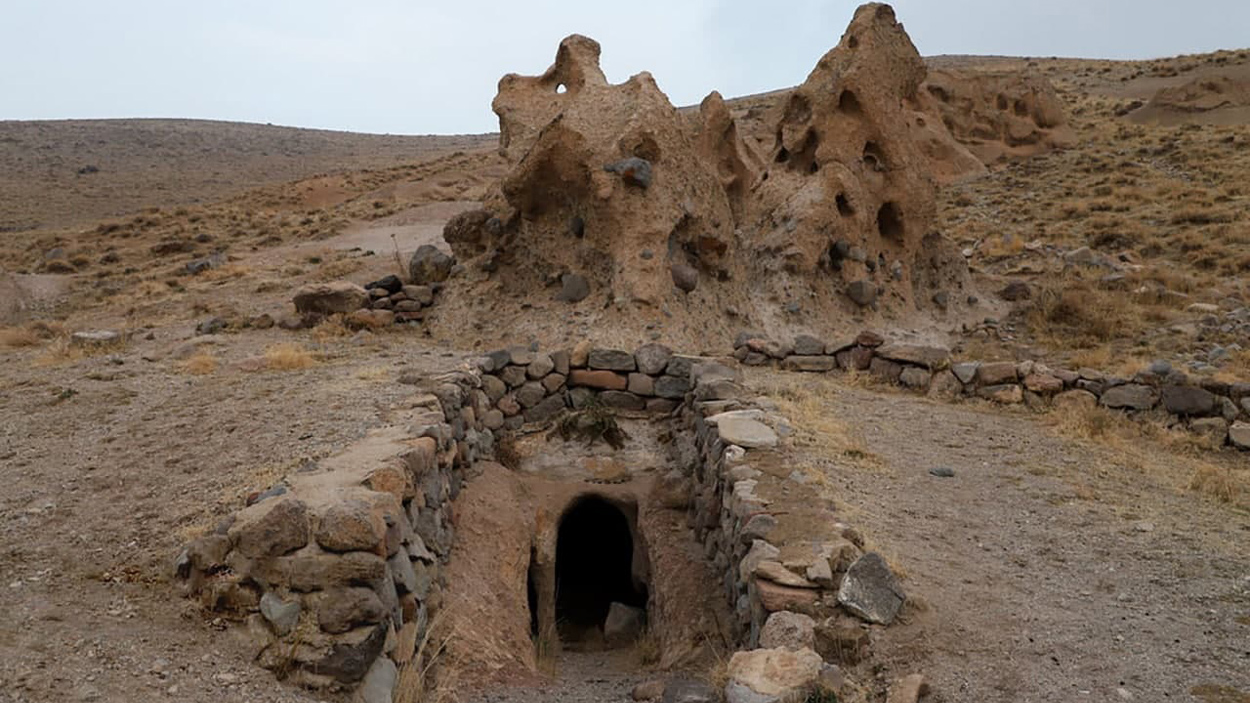
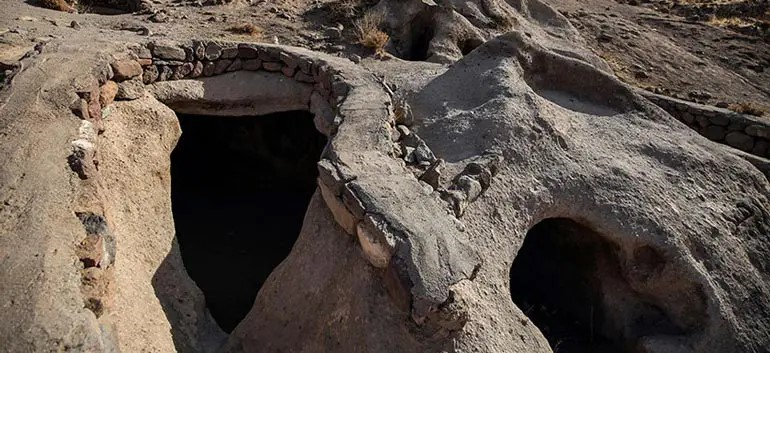



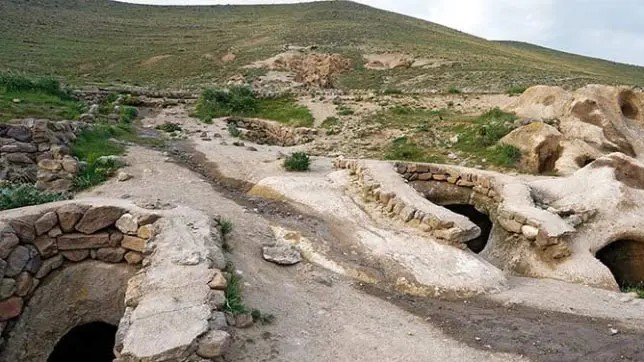
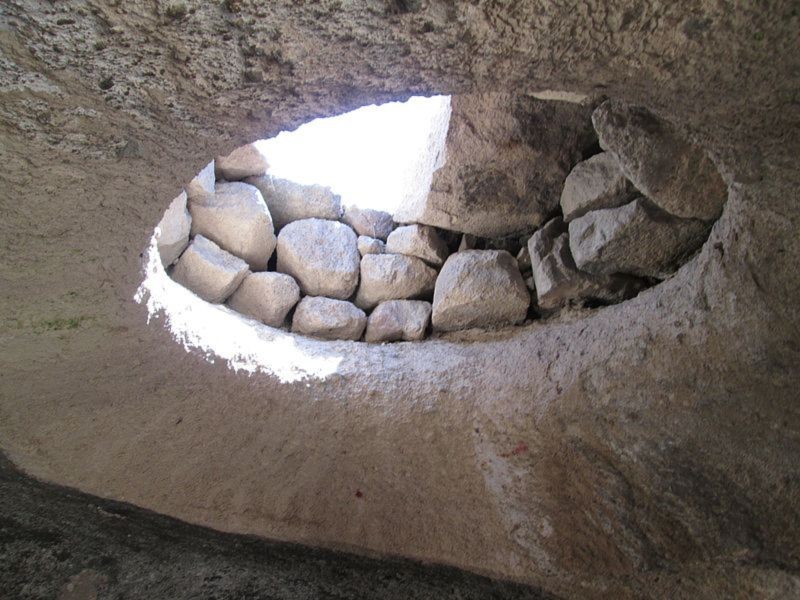







Choose blindless
Red blindless Green blindless Blue blindless Red hard to see Green hard to see Blue hard to see Monochrome Special MonochromeFont size change:
Change word spacing:
Change line height:
Change mouse type:

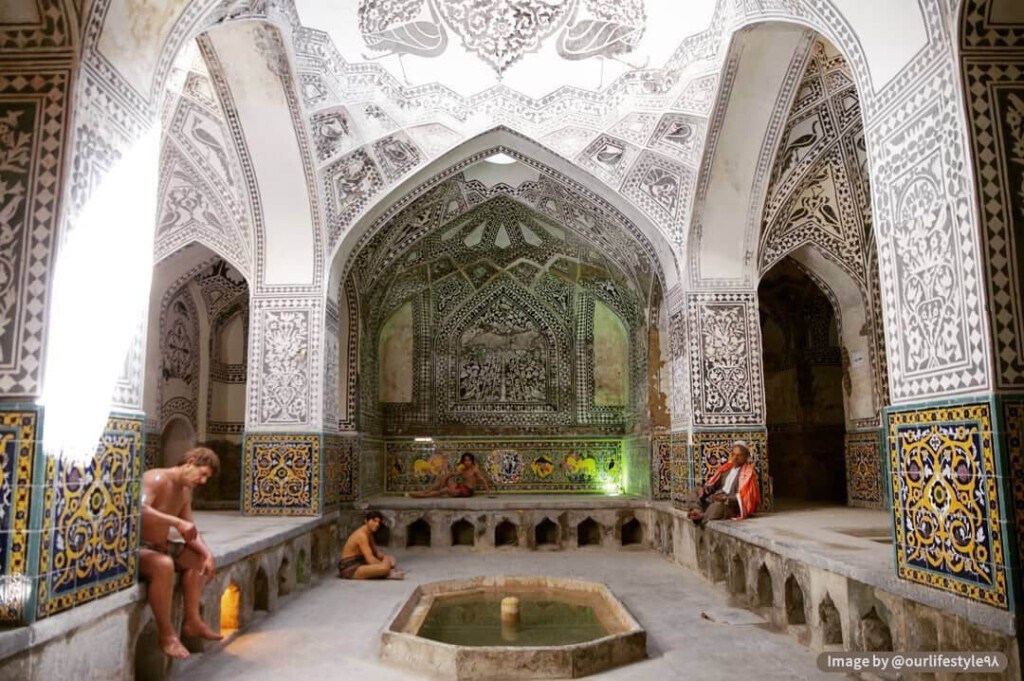

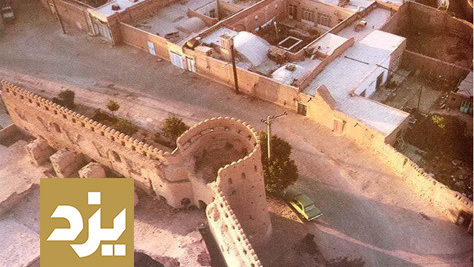
.jpg)


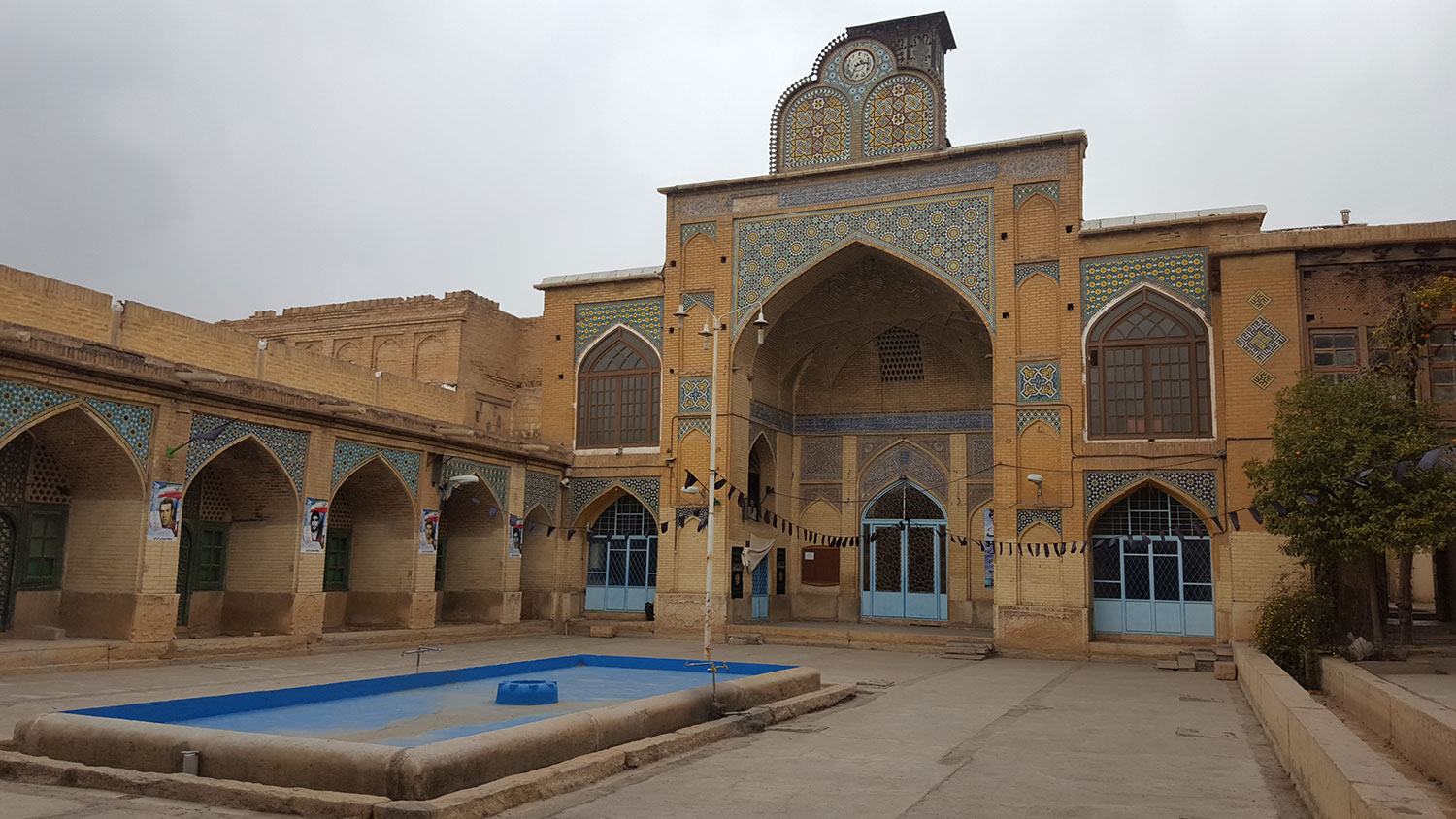

 در تخت جمشید_crop_2.jpg)
